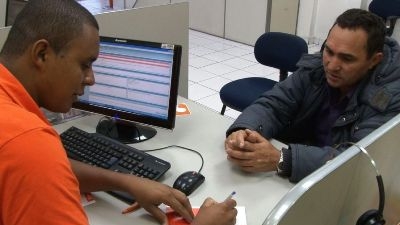Jorge Sinésio de Almeida, a 52-year old construction worker, has bad memories from all of the bus trips he has taken from São Paulo to his hometown in Paraíba. “It is a three-day journey on terrible roads. Passengers are always at the risk of getting robbed on the way.”
He currently counts the days until his first airplane trip, in December. “I can't wait to board. The flight will be just three hours long,” he says. “I don't fear. My friends loved it.”
By his income level, Almeida can be considered part of Brazil's emergent middle class, according to a new World Bank report. The study, called “Economic Mobility and the Rise of the Latin American Middle Class”, defines middle class as the percentage of the population that earns between US$ 10 and US$ 50 (per person) a day.
Consumption boom
Middle class comprised 15% of the Brazilian population in the early 1980s, and now they encompass nearly a third of the country's 190 million inhabitants. It rose thanks to Brazil's good economic performance in the recent years, poverty reduction policies, new work opportunities, and a better-educated workforce.
Among other topics, the study analyzes the consumption boom spurred by the rise in Brazilian households with strong purchasing power. This trend is expected to continue in the following years. “Buying anything – a TV, a car – is easier than it was years ago, because there is more credit available,” Almeida says.
Plane tickets, for example, are one of the most purchased items among Brazil's emergent middle class. Between July 2011 and July 2012 alone, 9.5 million Brazilians flew for the first time, according to Data Popular, a think-tank based in São Paulo.
The consumption boom, however, poses a risk: Brazilian middle-class households may be saving too little. Families could become over indebted and vulnerable in the long term if Brazil's economy slows down, according to the report.


